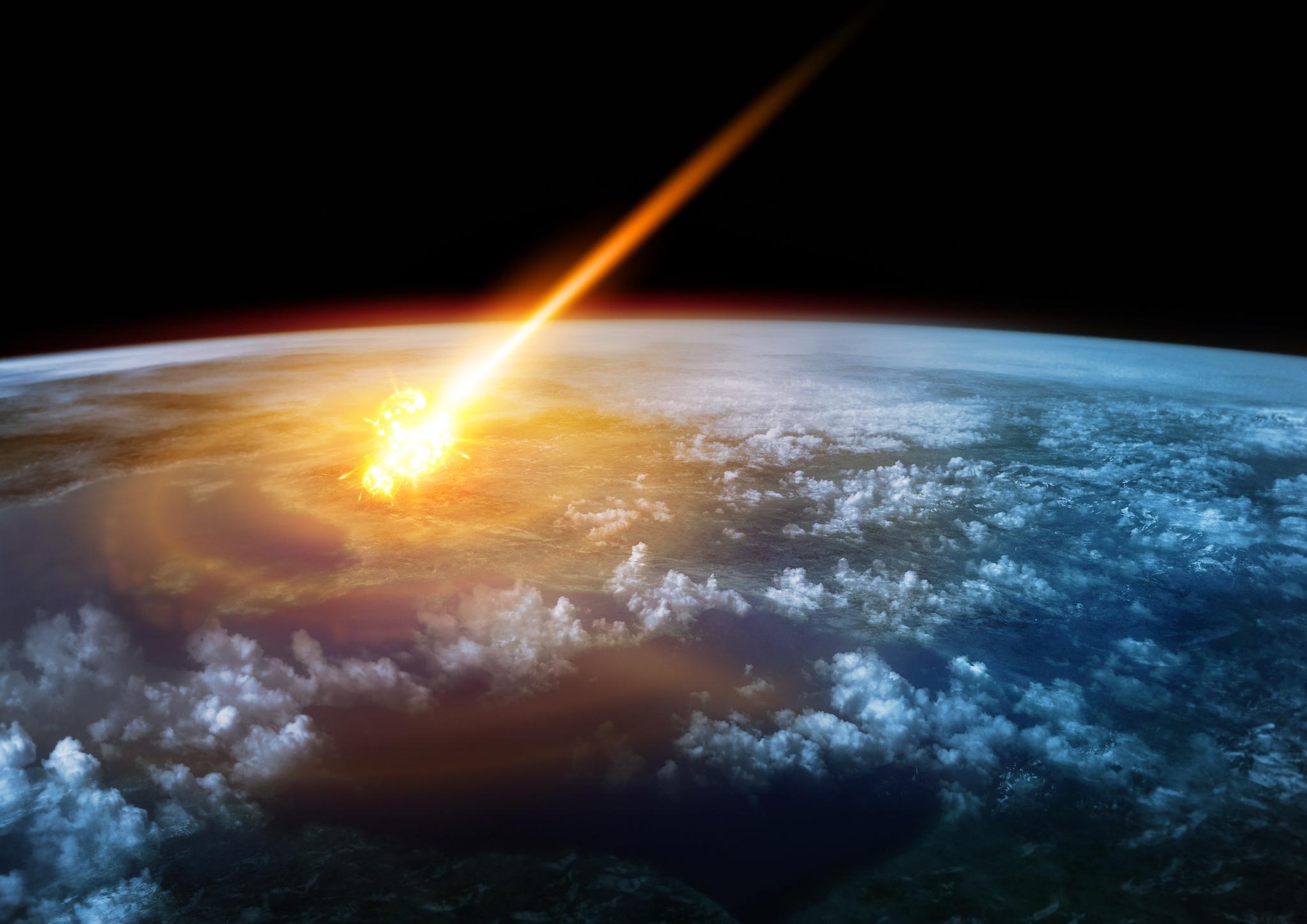Huge asteroid destroys New York in Nasa simulation after scientists fail to deflect it
Fictional crash tests the ways that disaster response and space agencies would deal with such a natural disaster

Your support helps us to tell the story
From reproductive rights to climate change to Big Tech, The Independent is on the ground when the story is developing. Whether it's investigating the financials of Elon Musk's pro-Trump PAC or producing our latest documentary, 'The A Word', which shines a light on the American women fighting for reproductive rights, we know how important it is to parse out the facts from the messaging.
At such a critical moment in US history, we need reporters on the ground. Your donation allows us to keep sending journalists to speak to both sides of the story.
The Independent is trusted by Americans across the entire political spectrum. And unlike many other quality news outlets, we choose not to lock Americans out of our reporting and analysis with paywalls. We believe quality journalism should be available to everyone, paid for by those who can afford it.
Your support makes all the difference.Nasa scientists and other world experts have failed to protect New York from a virtual asteroid that was part of a simulation of how the world would respond to such a disaster.
Over the last week, experts from across governmental organisations were busy role-playing a huge asteroid heading towards Earth, with the power to destroy large parts of civilisation.
Initially, scientists were told that the virtual asteroid only had a limited chance of hitting the Earth. But it did, and those involved in the test were forced to respond to that situation.
Scientists had tried to redirect the virtual asteroid but failed, breaking off only a tiny slice. It was not enough to divert the rock from smashing into a fictional New York City, and governments were left with no choice but to evacuate and clean up the destruction.
The crash was entirely fictional. But it was meant to test the response to the very real threat of asteroids heading towards Earth, and how the world would react to the possibility if it actually happened.
Space agencies including Nasa had offered running updates on the exercise as it happened, but prefaced all of them with notes indicating they were part of the exercise to avoid any confusion and unnecessary alarm.
Experts also cautioned that it was unlikely that an asteroid strike would actually play out this way. More likely it would hit the ocean, but researchers wanted it to be as testing as possible.
"We need to challenge ourselves and ask the tough questions," said Paul Chodas, the creator of the scenario and the director of the Center for Near Earth Object Studies at NASA's Jet Propulsion Laboratory in Pasadena, California. "You don't learn anything if you don't study the worst possible case each day."
The work was part of the 2019 Planetary Defense Conference, and participants were asked to respond as if they were in a scenario in which they have eight years to stop an asteroid on a collision course with Earth.
Each day would bring major updates, which took the participants from the first detection of the asteroid, to finding out it was a certain collision, and then attempting to save the Earth.
The primary way of doing so was judged to be kinetic impactors, sent by Nasa and space agencies from around the world to slam into the asteroid and hopefully deflect it of course. They successfully collided with it, but split off just a chunk, and it carried on its way towards Earth.
Scientists judged that the asteroid will enter the Earth's atmosphere at 43,000mph, producing a huge fireball or "megabolide" as it did. Researchers said it would release up to 20 megatons of energy as it arrived.
Researchers were asked to discuss the financial, economical, and human consequences of such a huge strike on a densely populated area like New York City.
"Bringing together the disaster management community and the scientific community is critical to preparing for a potential asteroid impact in the future," Leviticus Lewis of the Response Operations Division for FEMA said in a statement. "This exercise is valuable in that it continues the work currently in progress to identify key questions and issues for this low probability but high consequence scenario."
Join our commenting forum
Join thought-provoking conversations, follow other Independent readers and see their replies
Comments